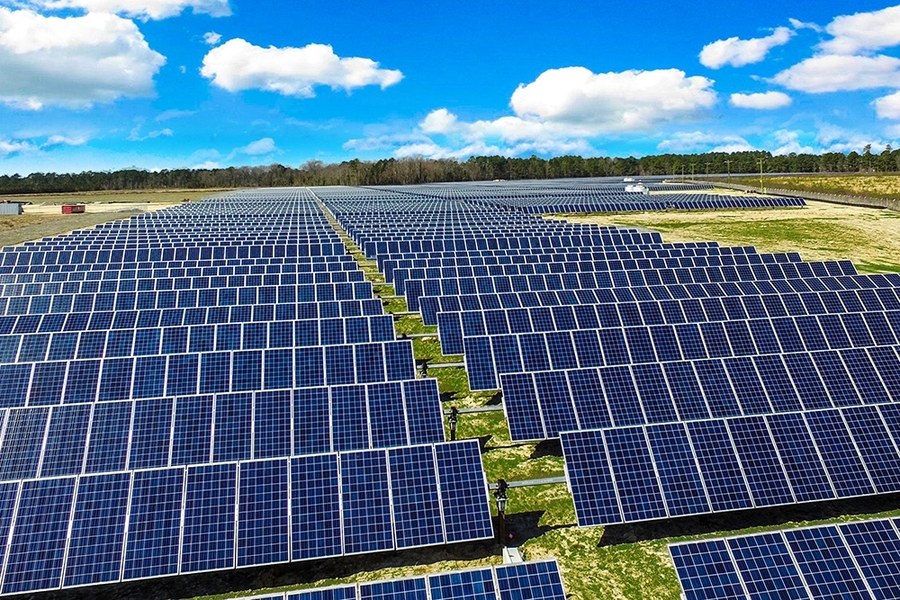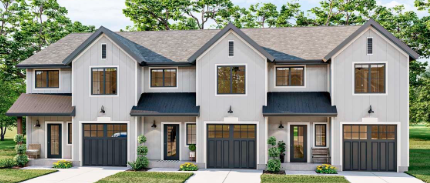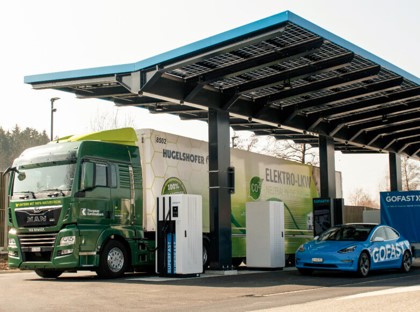
Utility Scale Community Solar
Solar PV for EV Charging, LMI Housing & Community Solar:
Solar PV for EV Charging, LMI Housing & Community Solar:
The use of microgrids and batteries eliminates the need for utility distribution of electricity so that savings can be passed on to community solar, affordable housing, EV charging and data customers. We will also eliminate wait time for interconnection to grids and demand charges for high loads such as quick charging.
We will propose a 1 to 5 MW solar PV, wind & battery systems in each community to start that can build up to 50 MW depending on the increased demand for energy for housing/buildings, EV charging or a data center.
System will consist of a ground or large building mounted PV array that is linked to state-of-the-art battery systems to provide power for most or all of the electrical requirements in the microgrid
Community ownership of the system will be proposed through co-investment, tax credit cashout and low interest loans and by getting subscription agreements to utilize power being produced.
The microgrid will not rely on utility distribution of power but will put the project under a shared ownership model where co-investment leads to a share of electricity produced at the least cost.
Solar PV and battery storage in utility scale systems is now the lowest cost electricity resource (4.5 c/kWh) and all areas targeted in this project have lots of solar resources to meet demands. Any power shortfalls will be met through interconnection to the grid but the grid demand for power is expected to be very low.
The use of microgrids and batteries eliminates the need for utility distribution of electricity so that savings can be passed on to community solar, affordable housing, EV charging and data customers. We will also eliminate wait time for interconnection to grids and demand charges for high loads such as quick charging.munity Solar:
We will propose a 1 to 5 MW solar PV, wind & battery systems in each community to start that can build up to 50 MW depending on the increased demand for energy for housing/buildings, EV charging or a data center.
System will consist of a ground or large building mounted PV array that is linked to state-of-the-art battery systems to provide power for most or all of the electrical requirements in the microgrid
Community ownership of the system will be proposed through co-investment, tax credit cashout and low interest loans and by getting subscription agreements to utilize power being produced.
The microgrid will not rely on utility distribution of power but will put the project under a shared ownership model where co-investment leads to a share of electricity produced at the least cost.
Solar PV and battery storage in utility scale systems is now the lowest cost electricity resource (4.5 c/kWh) and all areas targeted in this project have lots of solar resources to meet demands. Any power shortfalls will be met through interconnection to the grid but the grid demand for power is expected to be very low.

Sarah Thompson
BrightWeb Solutions

LMI Super-Efficient Fireproof Housing
Affordable Housing & Super Efficient Fireproof Building Retrofits:
We will work with State, Indigenous and local housing authorities to demonstrate the feasibility of building super-efficient zero emission homes that are also fireproof using locally produced high refraction materials
Block manufacturing will occur in 1-2 locations in each state we are working in that will use locally available clay (65%), cement (15%) and special materials (20%) to produce blocks with high refraction characteristics and special Lego block design that provide the ability to repel fire & withstand extreme weather conditions.
The block & tile production process uses very little energy by replacing firing with a pressure process. When this is combined with the low energy materials, the resulting building has very low embedded Co2 emissions.
The use of these blocks and tiles will allow for construction of a 1000 sq. ft. buildings for under $70.000 that includes high efficiency heat pump, thermal shutters and a special design to optimize comfort & energy use.
We are targeting construction of homes initially in the same area as community solar so that electricity comes from solar and batteries at the least cost and the building has zero emissions from energy use
We will also work with housing districts to use the same technologies to other areas where housing is being built as well as working with businesses and governments to retrofit buildings with special stucco coatings.

James Carter
Innovate Digital

Zero-Emission EV Charging
Zero Emission Electric Vehicle (EV) Charging:
Amazing customization options and seamless integration. Love it!

Emily Rodriguez
CreativePulse



